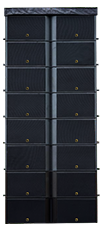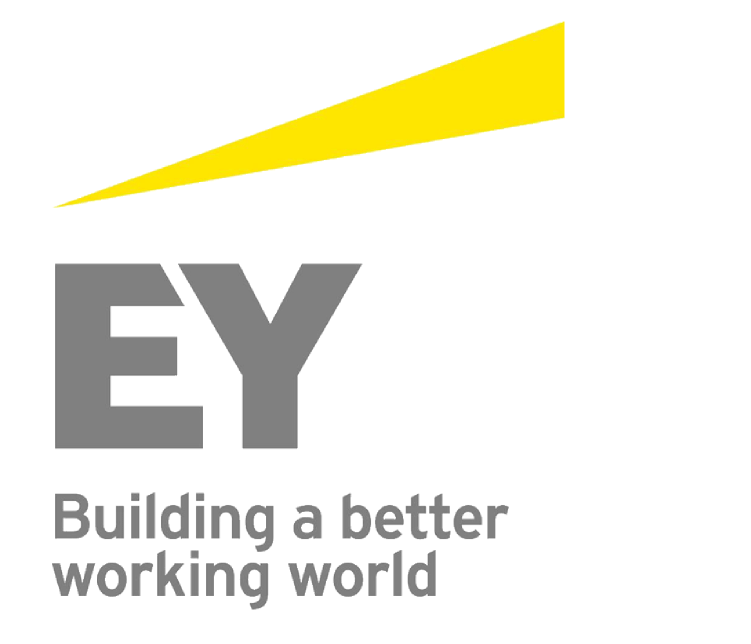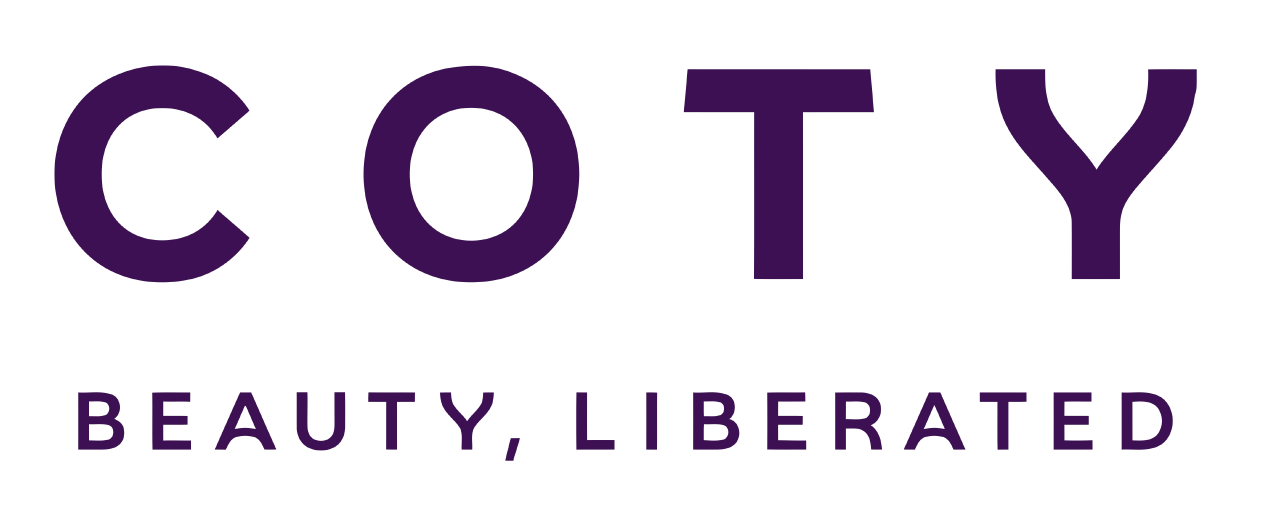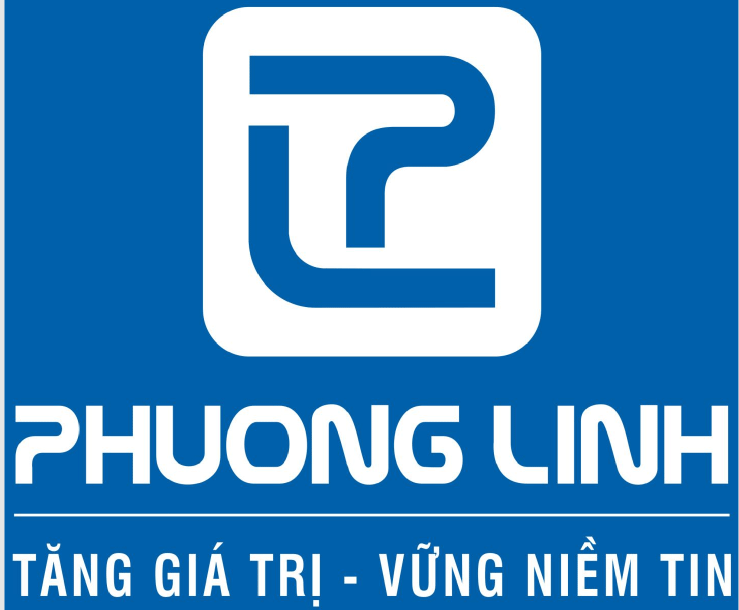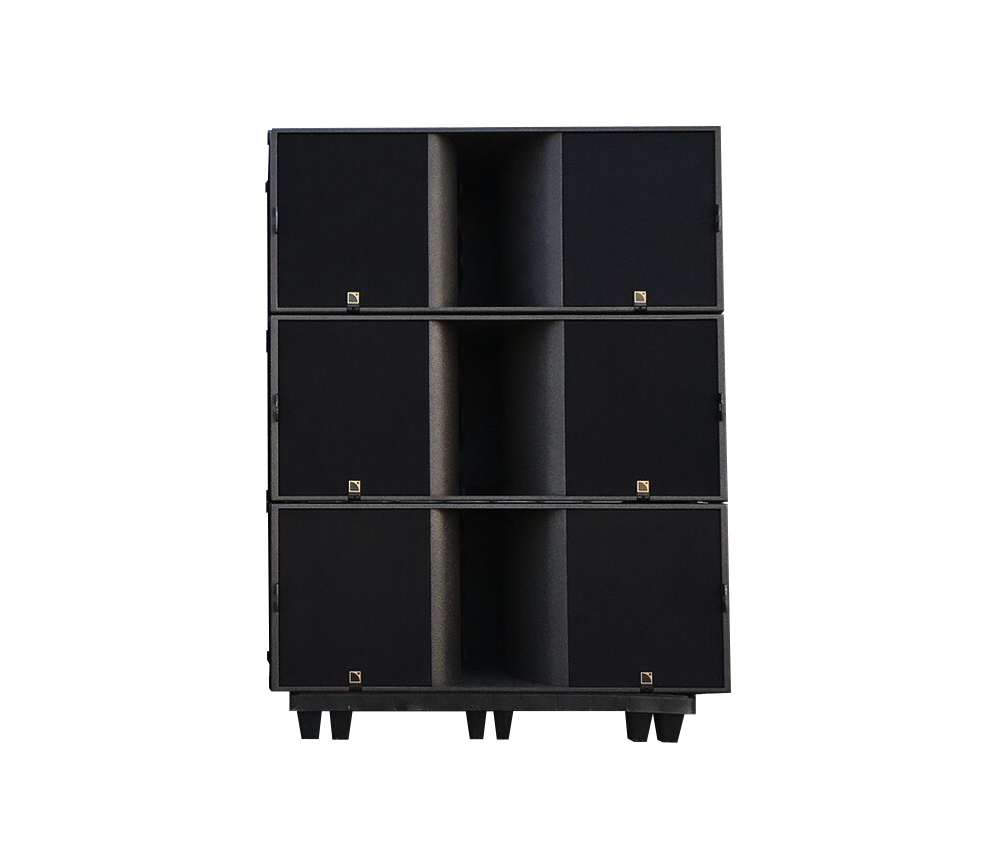LED screens for events: A guide to setup and technical tips
Jan 14, 2025
LED screens for events have become a game-changer in event planning and production. Whether hosting a corporate conference, a music festival, or a wedding reception, these versatile screens can elevate your event experience by delivering stunning visuals and real-time engagement.
In this guide, we’ll walk you through the essential steps to set up LED screens for events and share valuable technical tips to ensure a seamless experience.
What is an LED screen?
An LED screen, short for Light Emitting Diode screen, is a display technology that uses thousands of tiny LEDs to produce images and videos with exceptional brightness and vibrant colors.
By combining red, green, and blue LEDs, these screens can deliver a wide color spectrum and sharp visuals, making them ideal for various applications, from events and advertising to entertainment.
Unlike traditional LCD screens, LED screens do not require a backlight, enabling better performance in bright environments, such as outdoor settings. Their energy efficiency, durability, and ability to produce high-resolution images make them a preferred choice for concerts, conferences, exhibitions, and sports,...
Moreover, they can be customized into various sizes, shapes, and even curved designs to suit specific needs, creating immersive and captivating experiences that leave a lasting impression on audiences.

What is an LED screen?
When should you use an LED screen for events?
LED screens are ideal for events when you want to make a strong visual impression and effectively engage your audience. They are versatile, easy to install, and adaptable to various event formats, making them a popular choice for both small—and large-scale productions.
For large-scale events like concerts, festivals, or outdoor gatherings, LED screens ensure everyone can enjoy a clear and immersive viewing experience, even from a distance. Their high LED display brightness and vibrant visuals make them perfect for captivating large crowds.
In indoor settings such as conferences, seminars, or product launches, LED screens enhance the professional look of presentations and live streams. Their sharp resolution and customizable sizes allow for seamless integration into the event’s layout, ensuring every attendee stays engaged.
For outdoor events, LED screens are indispensable. Designed to handle bright sunlight and withstand challenging weather conditions, they deliver consistent performance and reliability, making them a practical choice for open-air venues.
During live performances, LED screens play a key role in elevating the audience's experience. They can be used to display dynamic backgrounds, stunning animations, or live feeds of the performers, adding a creative and engaging dimension to the event.
At exhibitions and trade shows, LED screens act as eye-catching displays for products, advertisements, or interactive content. Their ability to grab attention makes them an effective tool for showcasing your brand and leaving a lasting impression on visitors.
In sporting events, LED screens are essential for real-time scoreboards, live replays, and promotional messages. They provide a seamless way to keep fans informed and entertained throughout the game.
With the ability to be customized into various shapes, sizes, and designs, LED screens offer endless possibilities for creativity. Whether used as a stage backdrop, a centerpiece, or even part of a themed installation, LED screens transform any event into a visually stunning and unforgettable experience.
How to set up an LED wall for events
Setting up an LED wall for events is a detailed process that requires careful preparation and attention to detail to ensure safety and optimal performance. Here’s a step-by-step guide to help you successfully install an LED wall:
1. Preparation before installation
Before starting the setup, gather all the necessary tools and materials. These include the mounting frame, screws, signal cables, power supply, electrical testing tools, and screwdrivers. Additionally, inspect the LED modules thoroughly to ensure they are free of defects or damage. This step is crucial to avoid unexpected issues during installation or later use.
2. Assembling the mounting frame and hanging the screen
The mounting frame is a critical component that supports and stabilizes the LED screen. Choose a frame that matches the weight and size of your LED wall. Ensure it is securely installed and stable to prevent any shaking or movement during the event. Pay attention to the placement of the frame to ensure the screen is positioned in a highly visible and accessible location for the audience.
3. Connecting signal cables and power supply
Once the frame is set and the LED modules are hung, carefully connect the signal cables and power supply. Use high-quality signal cables compatible with the LED screen's connection standard to ensure smooth performance.
Pay attention to the power supply voltage requirements and ensure the electrical setup is safe and adequate for the screen's needs. Proper and accurate connections are vital to prevent short circuits or electrical hazards.
4. Testing and calibrating the LED screen
After installation, thoroughly test the LED screen before using it in the event. This includes checking the power connection, image signal, and sound. Calibrate the screen's settings, such as brightness, contrast, and color balance, to achieve the best display quality. This step ensures the visuals are clear, sharp, and visually appealing to the audience.
By following these steps, you can set up an LED wall effectively, ensuring that it enhances your event and provides a memorable experience for attendees.

How to set up an LED wall for events
Key technical factors for using LED walls in events
To make the most of LED walls in events, it's essential to keep several key technical factors in mind to ensure optimal performance and reliability.
Pixel pitch
When setting up an LED screen for events, pixel pitch is one of the most critical technical factors to consider. Pixel pitch refers to the distance between two adjacent pixels on the screen, measured in millimeters. This distance directly affects the screen's resolution and the visual quality.
A smaller pixel pitch means higher pixel density, resulting in sharper and more detailed images, making it ideal for indoor events where viewers are closer to the screen. Conversely, a larger pixel pitch is suitable for outdoor events or venues where the audience views the screen from a greater distance, providing clear visuals while being more LED Wall cost.
Choosing the right pixel pitch ensures your LED screen delivers the best viewing experience for your audience, enhancing the overall impact of your event.
![]()
What is the pixel pitch for the LED display?
LED wall resolution
Another important factor to consider when installing an LED screen for events is resolution. Resolution refers to the total number of pixels displayed on the screen and determines the clarity and sharpness of the visuals. It is typically expressed as the number of pixels in width and height (example: 1920x1080p).
For indoor events, such as conferences or product launches, higher resolution screens are recommended to deliver crisp and detailed visuals, especially when the audience is close to the screen.
In contrast, a slightly lower resolution may suffice for large outdoor events, like concerts or sports matches, since viewers are often further away, and the larger screen size compensates for the reduced pixel density.
Selecting the right resolution for your LED wall ensures that the content displayed remains clear and engaging, enhancing the overall experience for your audience.
Brightness and contrast
When it comes to LED screens, brightness and contrast are the unsung heroes that transform a simple display into a breathtaking visual experience. These factors play a pivotal role in ensuring your screen stands out, whether under the glare of the midday sun or the dim ambiance of an indoor venue.
Brightness is measured in nits and determines how well the screen performs in different lighting conditions. For outdoor events, a higher brightness level (typically 5,000–7,000 nits) is crucial to combat sunlight and maintain visibility. For indoor events, a lower brightness level is sufficient to provide clear visuals without straining the audience’s eyes.
Contrast, on the other hand, is the ratio between the darkest black and the brightest white the screen can produce. A high contrast ratio enhances image depth and detail, making colors pop and visuals more vibrant. This is particularly important for dynamic content like video footage or presentations where clarity and vibrancy are key.
Striking the perfect balance between brightness and contrast ensures your LED wall doesn’t just display visuals but breathes life into them, captivating your audience and elevating the atmosphere of your event.

Importance of brightness and contrast for LED screen
Refresh rate
The refresh rate of an LED screen is another critical technical factor to consider when setting up the events. Measured in Hertz (Hz), it refers to the number of frames the screen displays per second. For example, a refresh rate of 60Hz means the screen updates 60 frames in one second.
A higher refresh rate, such as 120Hz or more, ensures smoother motion and reduces visual artifacts like flickering or blurring. This is particularly important for events with fast-paced visuals, such as live-streamed performances, sports, or dynamic presentations, where every detail needs to be crisp and seamless.
In contrast, a low refresh rate can lead to choppy or lagging visuals, making the screen appear unstable and causing discomfort for viewers, especially during prolonged viewing.
>> See more: How to Calculate the Number of LEDs for a Video Wall
Viewing angle
The viewing angle of an LED screen is a crucial yet often overlooked factor when selecting and setting up for events. This parameter refers to the maximum angle at which the screen can be viewed clearly without significant color distortion or loss of contrast. Beyond this angle, visual issues like yellowing or purpling of colors can occur, reducing the viewing experience.
A wide viewing angle allows attendees to enjoy sharp and vibrant visuals from different perspectives, regardless of their position in the venue. This is especially important for large-scale events like conferences, concerts, or outdoor festivals, where the audience is spread across a wide area.
LED wall configuration software
Behind every stunning LED screen display lies an essential yet often unseen component: software configuration management. This process ensures the LED screen operates at its best by properly calibrating key settings such as brightness, contrast, color balance, and resolution.
The software used to control LED screens allows event organizers to customize the display to suit various requirements. From synchronizing video playback to adjusting content layouts, a well-managed configuration ensures seamless integration with the event’s technical setup. Additionally, advanced software features like real-time monitoring and error diagnostics can prevent issues before they disrupt the event.
Proper configuration also ensures compatibility with different media formats, enabling smooth transitions between presentations, videos, or live feeds. For large-scale or multi-screen setups, synchronized software management is critical to maintaining consistent visuals across all displays.

Software for LED displays
Latency
Latency refers to the delay between an action occurring and its corresponding visual output on the LED screen. It is typically measured in milliseconds (ms), and lower latency is crucial for real-time applications where every millisecond counts, such as live broadcasts, gaming events, or interactive installations.
High latency can cause a noticeable delay between the source signal (like a camera feed or live action) and what is displayed on the screen, resulting in a lag that can disrupt the audience's experience. This is particularly problematic in events where synchronization between video and live action is vital, such as in concerts or sporting events.
Redundancy systems
In the world of live events, redundancy systems are a critical feature that ensures your LED screen remains operational, even in the face of technical issues. These systems act as fail-safe by providing backup components or pathways that automatically take over if the primary system encounters a malfunction.
For instance, in the case of a power outage or signal disruption, a redundancy system can instantly switch to an alternative power supply or backup signal, ensuring uninterrupted visuals. This is especially important for high-stakes events like conferences, concerts, or live broadcasts, where even a brief screen failure can disrupt the audience’s experience and compromise the event’s success.
Events featuring LED walls organized by AV Vietnam
At AV Vietnam, we provide LED screen services designed to make every event more engaging and visually impressive. With modern equipment and a team of skilled professionals, we focus on delivering displays that meet your event’s specific needs, whether it’s a corporate party, cultural festival, or large-scale celebration.
We’re honored to have contributed to many successful events across Vietnam, offering reliable service and high-quality visuals. Take a look at the gallery below to see how our LED screens have added value to different occasions.

Gala Dinner of the University of Public Health - December 2024

Year-End Party 2024 of Honda Trading - December 2024

The 70th anniversary of the Thai Binh Town liberation - June 2024

Seen Festival Hoi An - June 2023

K-EXPO - October 2022
Looking for professional event equipment? Beyond LED screens, AV Vietnam also offers a wide range of event solutions to ensure your event is flawless from start to finish. Contact us at Hotline: (+84) 939 311 911 - (+84) 918 640 988, and let us help make your next event truly unforgettable!
